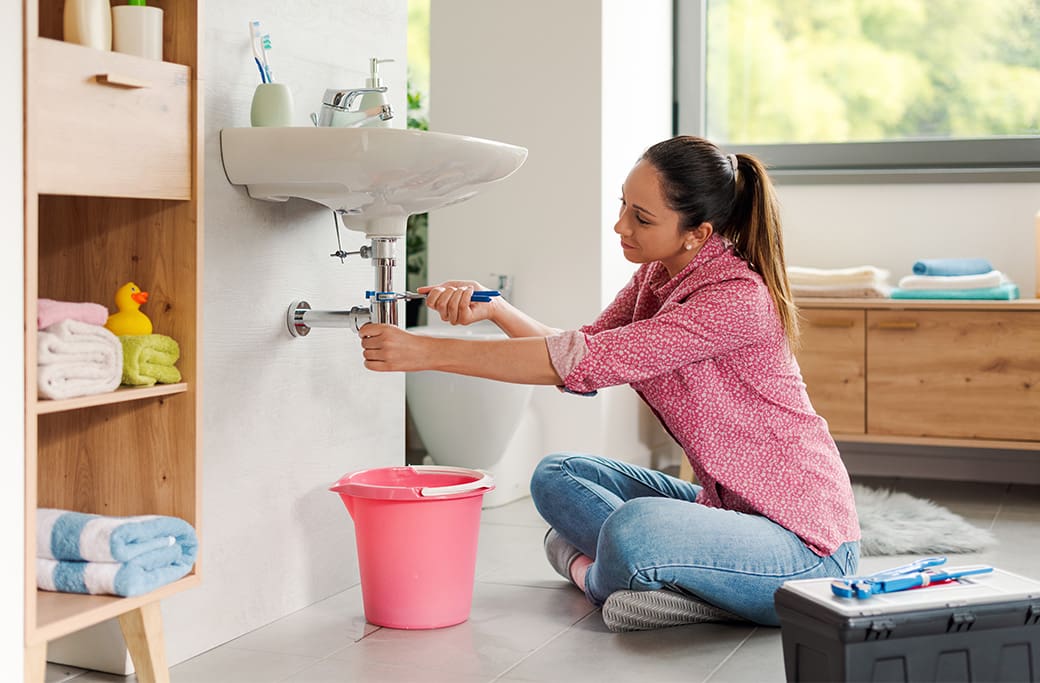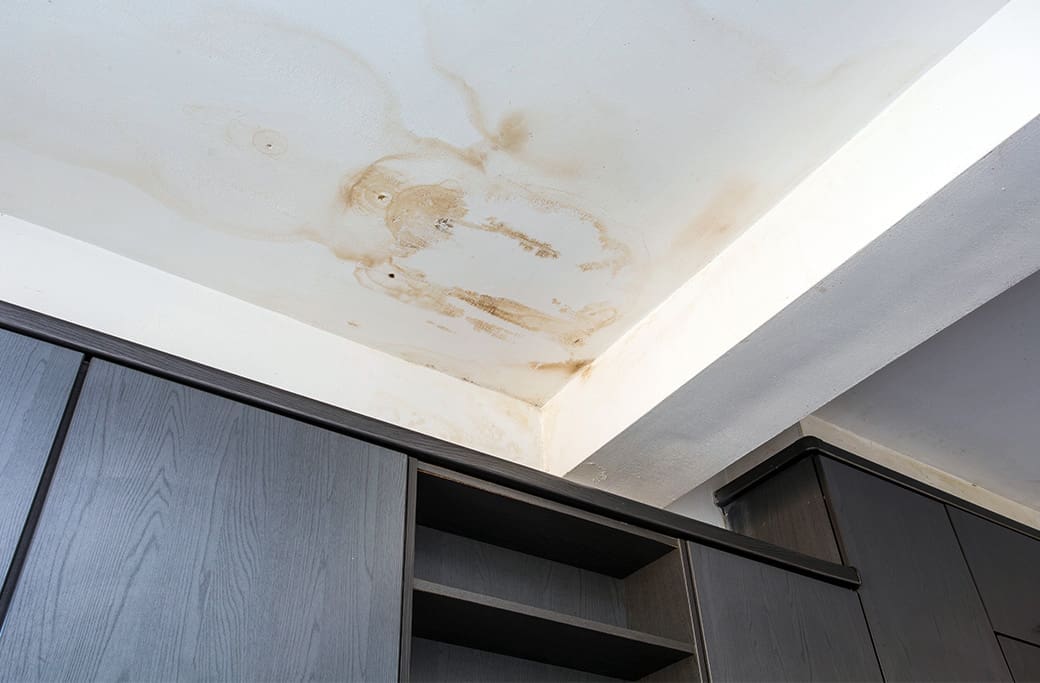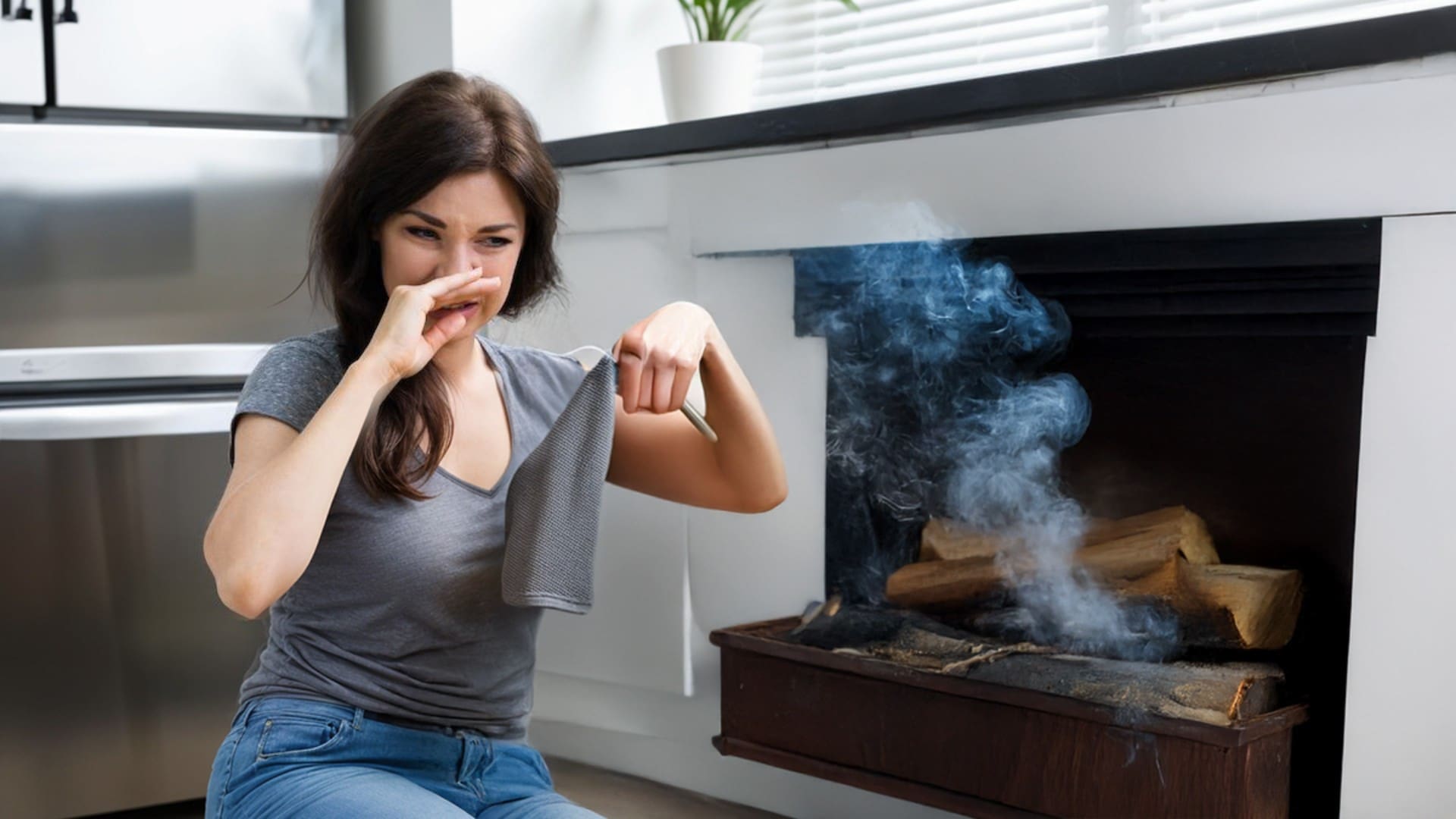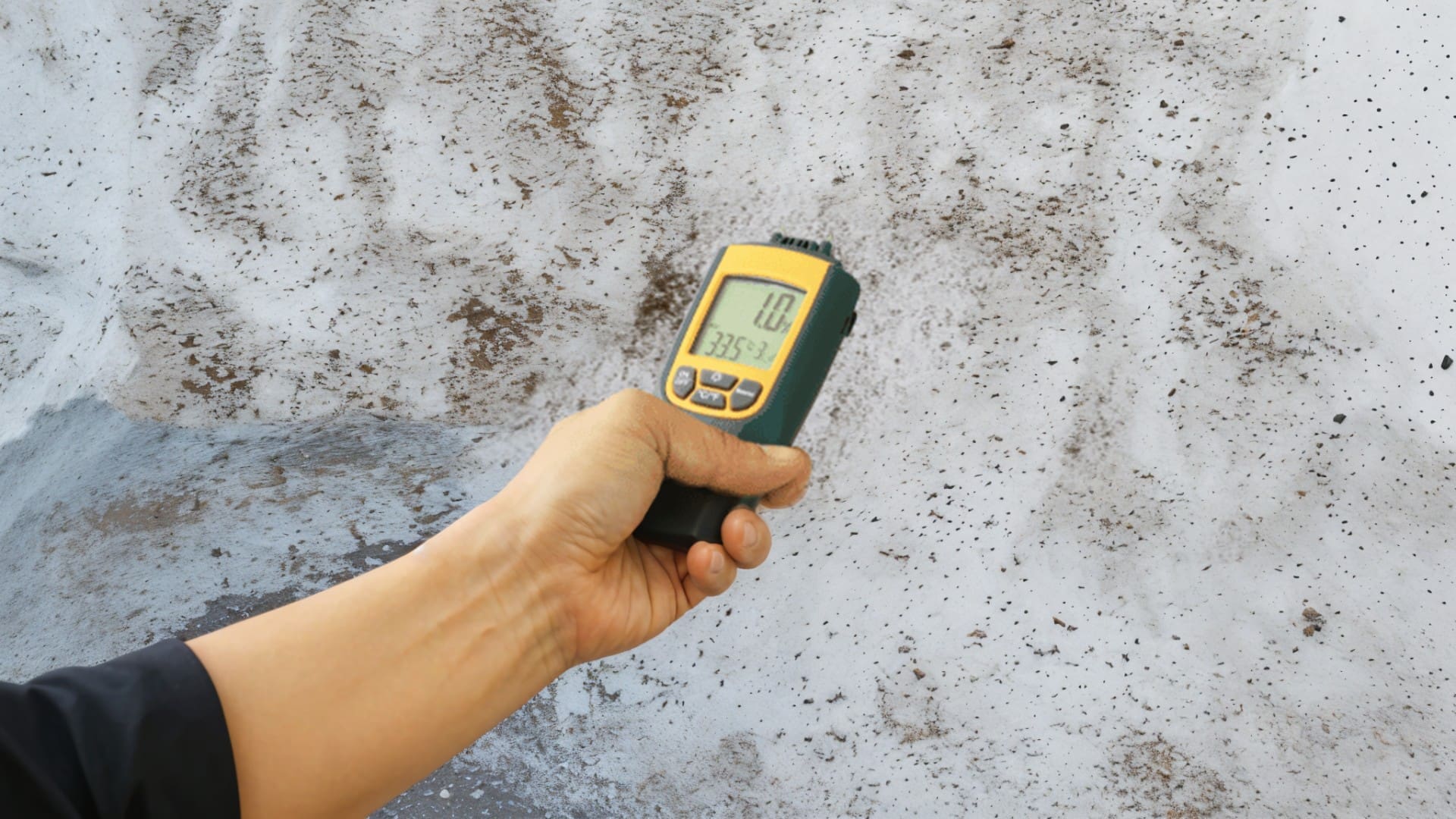
Clogged sinks are one of the most common household issues, and yet they have the potential to create some of the biggest headaches. Whether it’s a slow-draining kitchen sink or a completely backed-up bathroom basin, these blockages can disrupt your daily routine and escalate into more serious plumbing problems. At STOP Restoration, we specialize in large-scale restoration projects, but we recognize that preventing small issues like clogged sinks can save homeowners from major repairs and water damage down the road.
If you’re dealing with a clogged sink, don’t despair! We will walk you through the most effective DIY solutions to resolve the issue. Also remember, if the problem persists or worsens, our team at STOP Restoration is just a call away.
Common Causes of Clogged Sinks

Understanding what causes sink clogs is the first step in preventing them. Here are the most common culprits:
Kitchen Sinks
-
- Grease Buildup
Fats, oils, and grease might go down the drain as a liquid, but they solidify as they cool, creating stubborn blockages over time.
-
- Food Particles
Even if you have a garbage disposal, large food scraps can become trapped, causing clogs further down the drain.
-
- Soap Scum
Soap residues mix with minerals in the water to form a solidified buildup that narrows pipes.
Bathroom Sinks
-
- Hair
Strands of hair can tangle and combine with soap and toothpaste to create a messy blockage.
-
- Toothpaste and Soap
These everyday products can harden over time, contributing to slow drainage.
-
- Debris
Everything from cotton swabs to jewelry has been found stuck in bathroom sink drains, causing unexpected clogs.
How to Spot the Early Signs of a Clog
Catch a clog before it becomes a major issue by keeping an eye out for:
-
- Slow draining water
- Gurgling sounds from the drain
- Foul odors near the sink
- Water backing up when using other fixtures
Now that you know the common causes, it’s time to gather your tools and tackle the issue.
Tools and Supplies You’ll Need

Before you start, make sure to grab these items to simplify the process:
-
- Plunger
Your first line of defense for stubborn clogs.
-
- Drain Snake or Wire Hanger
Essential for pulling out debris lodged deep in the pipes.
-
- Baking Soda and Vinegar
A natural and effective unclogging solution.
-
- Bucket and Gloves
To catch and clean up any mess while keeping your hands clean.
-
- Adjustable Wrench
Needed if you must remove the P-trap under the sink.
With your tools ready, it’s time to get to work!
Step-by-Step Fix for a Clogged Sink

Step 1: Boiling Water Flush
-
- Boil a kettle or large pot of water.
- Slowly pour the boiling water directly into the drain in two to three stages, allowing it to work for a few seconds between pours.
- Why It Works: Boiling water can melt grease and loosen soap scum buildup.
| Pro Tip: This is most effective for small clogs caused by grease or soap scum. For larger blockages, additional methods may be needed.
Step 2: Use a Plunger
-
- Place the rubber cup of the plunger over the sink drain completely.
- Push and pull vigorously for about 30 seconds, maintaining a steady seal.
- Lift the plunger to check if water now drains freely.
| For Double Sinks: Block the secondary drain with a wet cloth while plunging for better suction.
Step 3: Baking Soda and Vinegar Method
-
- Pour 1/2 cup of baking soda directly into the drain.
- Follow it with 1/2 cup of vinegar.
- Cover the drain with a plug or cloth to contain the fizzing reaction.
- After 15–20 minutes, flush the drain with boiling water.
| Why It Works: This method uses a chemical reaction to break down organic residue and small blockages naturally.
Step 4: Use a Drain Snake
-
- Insert the drain snake or bent wire hanger into the drain.
- Push and twist gently to hook onto any clogs.
- Pull back slowly, removing any debris stuck in the pipes.
| Pro Tip: Avoid forcing the drain snake too hard to prevent pipe damage.
Step 5: Clean the P-Trap
If the above steps don’t work, the clog might be in the P-trap (the U-shaped pipe under your sink).
-
- Place a bucket underneath the P-trap to catch any water.
- Use an adjustable wrench to unscrew the slip nuts on either side of the P-trap.
- Remove the trap and clean out any debris.
- Reattach the trap and test the water flow.
| Caution: Always hand-tighten the slip nuts to avoid leaks.
When to Call the Pros
Sometimes, a clog is more than a DIY fix. Here are signs that it’s time to contact STOP Restoration:
-
- Water is backing up in other drains (e.g., bathtub or toilet).
- The clog persists despite multiple attempts to clear it.
- You notice foul odors, indicating potential issues deeper in the plumbing.
- The pipes make strange noises when draining.
Why Call STOP Restoration?
At STOP Restoration, we specialize in preventing minor plumbing problems from turning into costly water damage. Our team is equipped with professional-grade tools and expertise to diagnose and resolve even the toughest clogs. Plus, we ensure your plumbing system stays in top shape to avoid future headaches.
If you’re experiencing water leaking or damage from a clogged sink, give us a call. Don’t wait for small issues to become big problems—contact us today to protect your home from water damage and mold growth!




